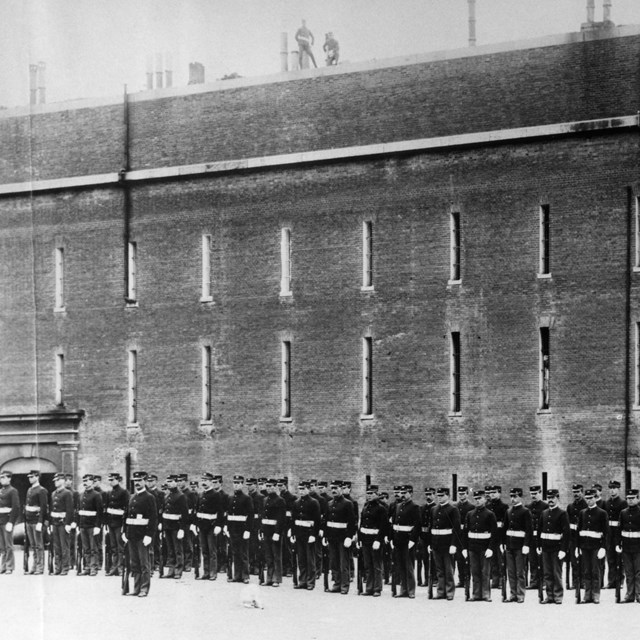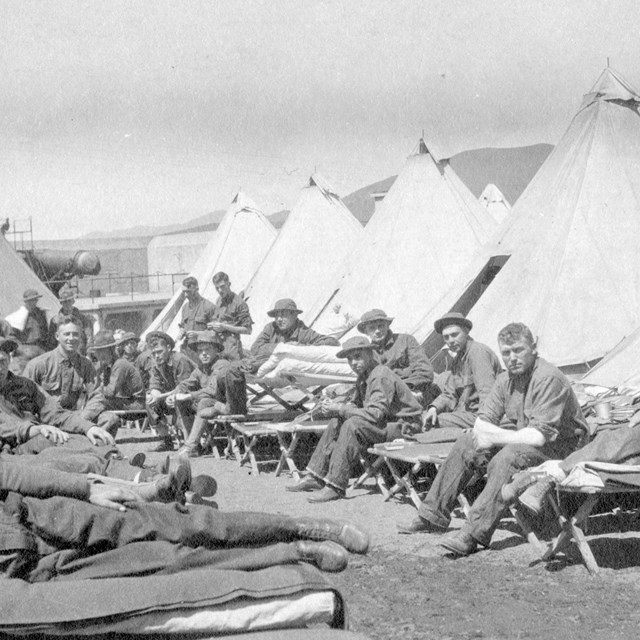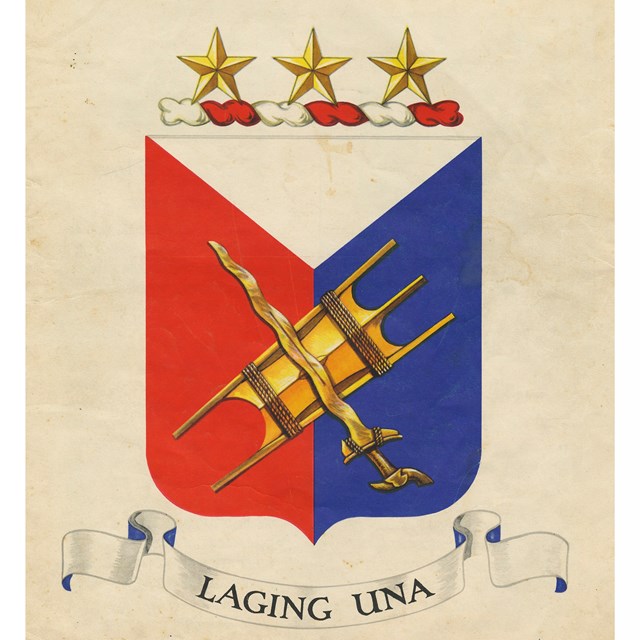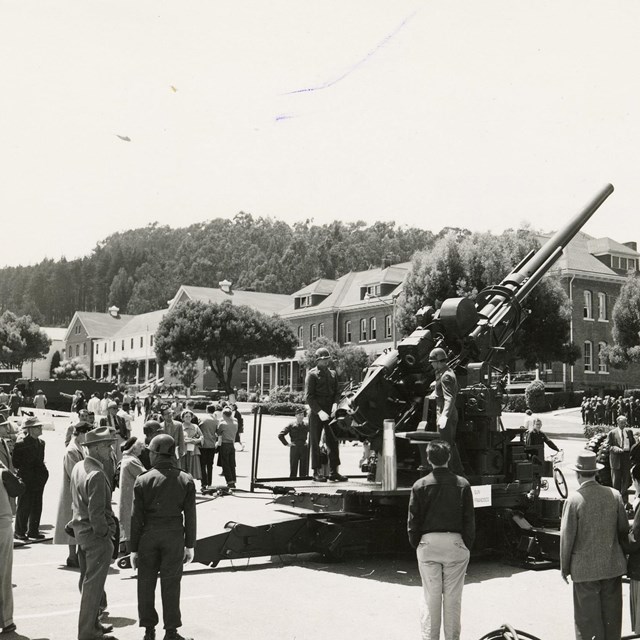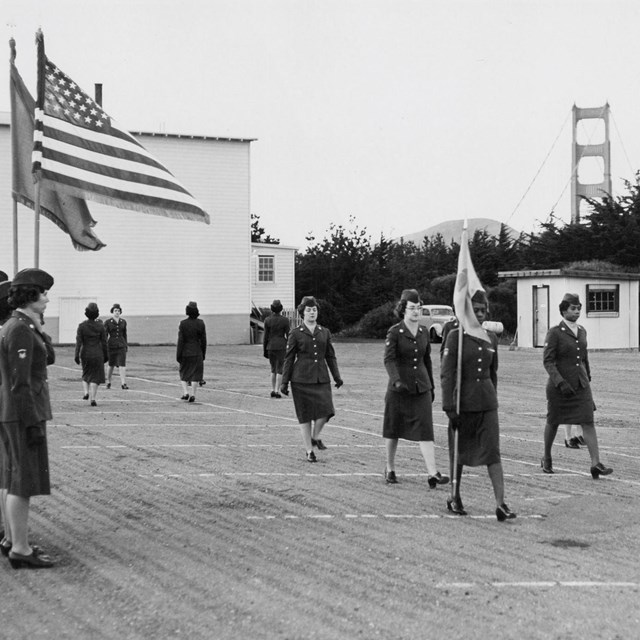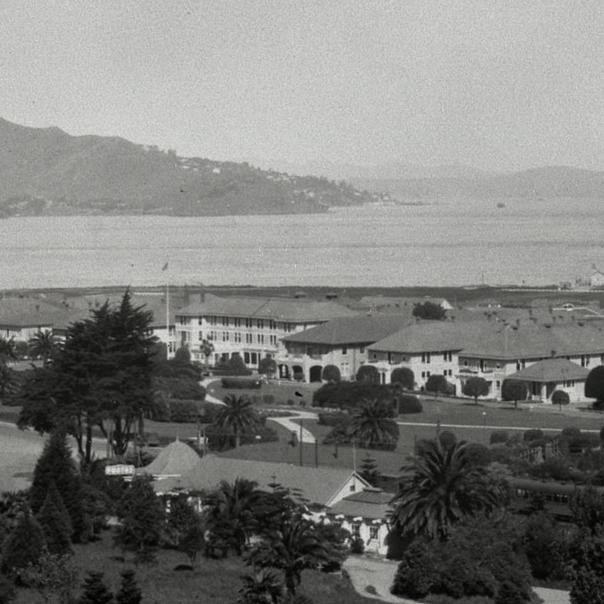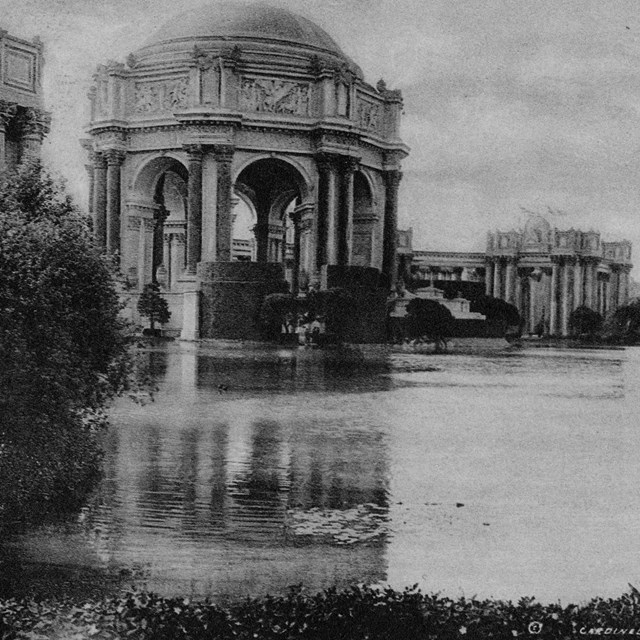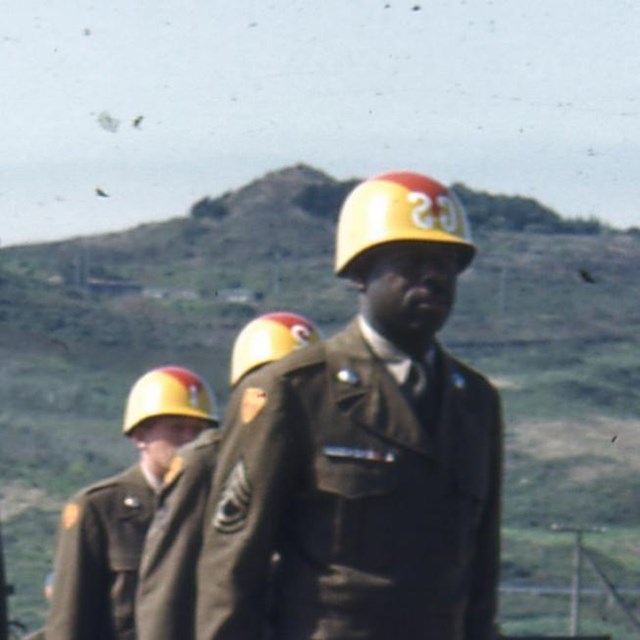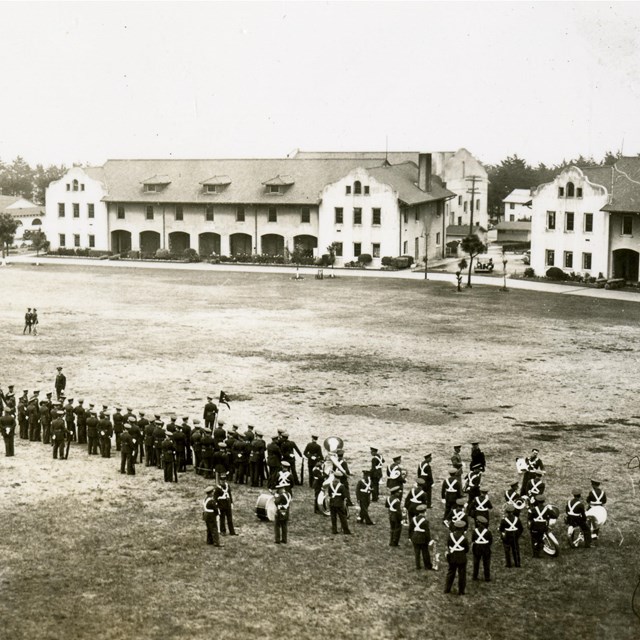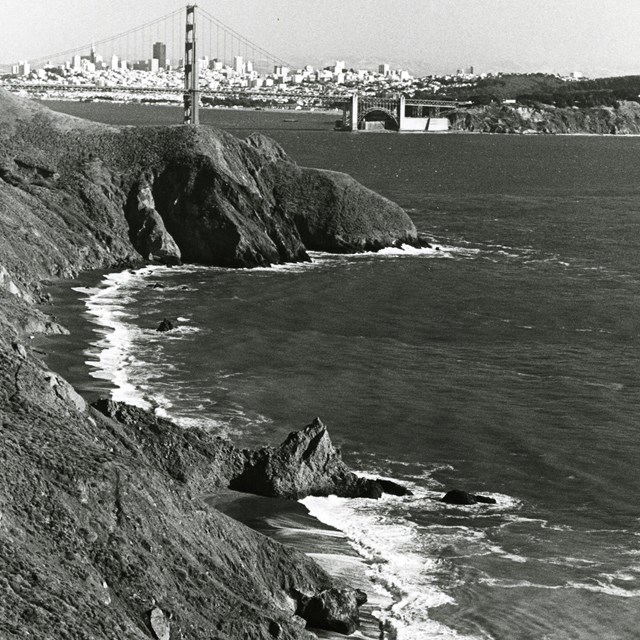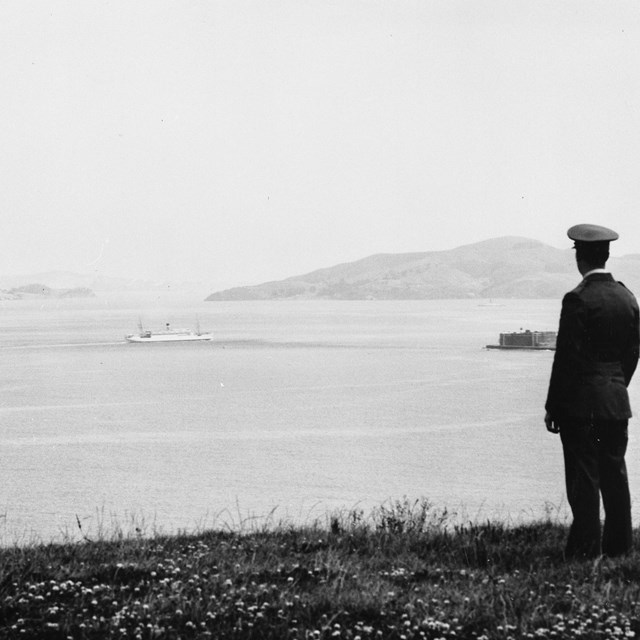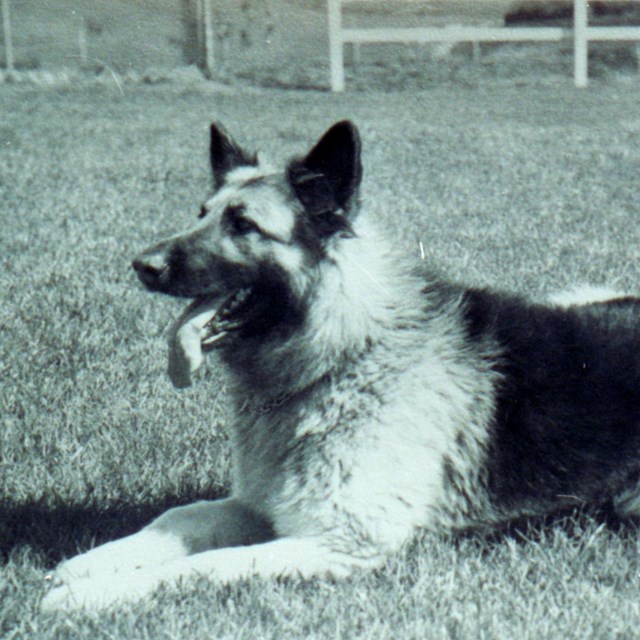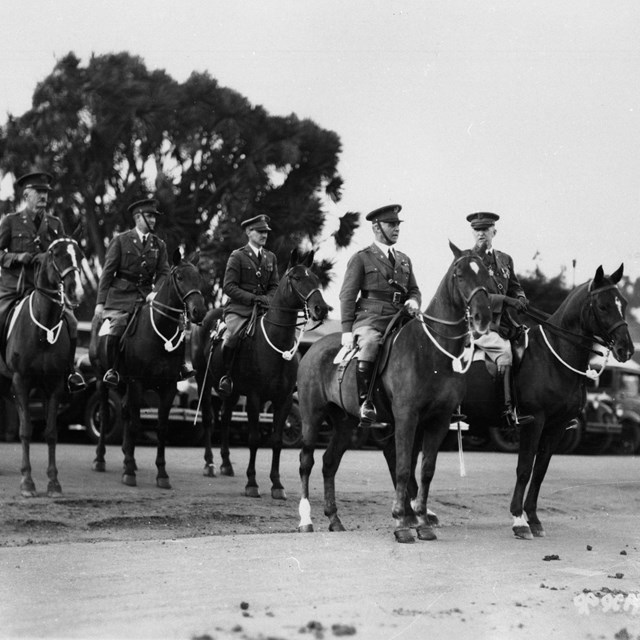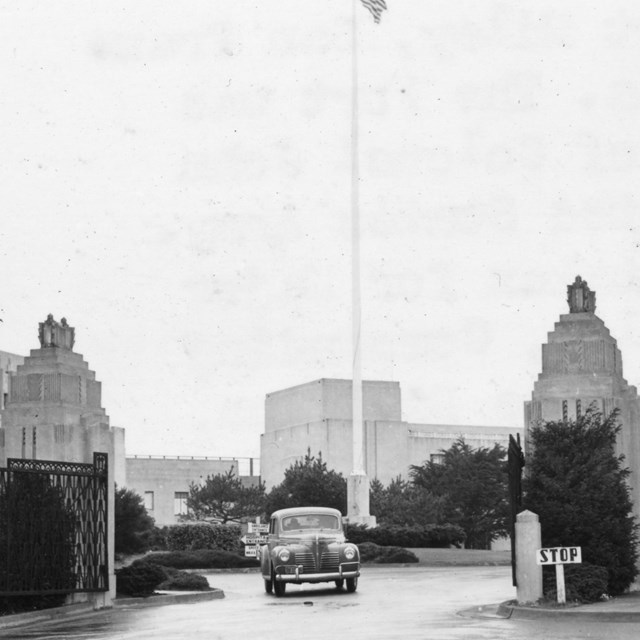History Through the Wide LensIf a picture is worth a thousand words, then a panoramic must be worth a million..........Photography is a visual record of history and culture. Photos bring time and place alive allowing individual emotional connection to the small glimpse of the period in which they were taken. Historians often use photographs to support their theories or explore new perspectives. But the value of the photo goes beyond mere historical proofs, it is the ability to preserve cultural heritage by simply displaying it. 
Golden Gate NRA, Park Archives, Sam Llewellyn Scovel 44th Infantry Regiment Photographs, GOGA 36953 People From the PastIs anyone smiling? Just People

Golden Gate NRA, Park Archives, Arthur E. Lundburg Panoramic J.D. Givens Crissy Field Photograph, GOGA 36866 Beyond FacesWhat can a landscape panoramic tell? Places to See

Golden Gate NRA, Park Archives, Durenmatt Family Papers, GOGA 17729 Things MemorializedWhy are there always pictures of dogs? What Else Could We Need?
Images within these albums may be used for any legitimate non-commercial public or press use with proper credit given to the National Park Service. If you have any questions or additional information on these images, please contact the Park Archives and Records Center’s reference archivist at 415-561-2807 or e-mail us. |
Last updated: March 12, 2024

